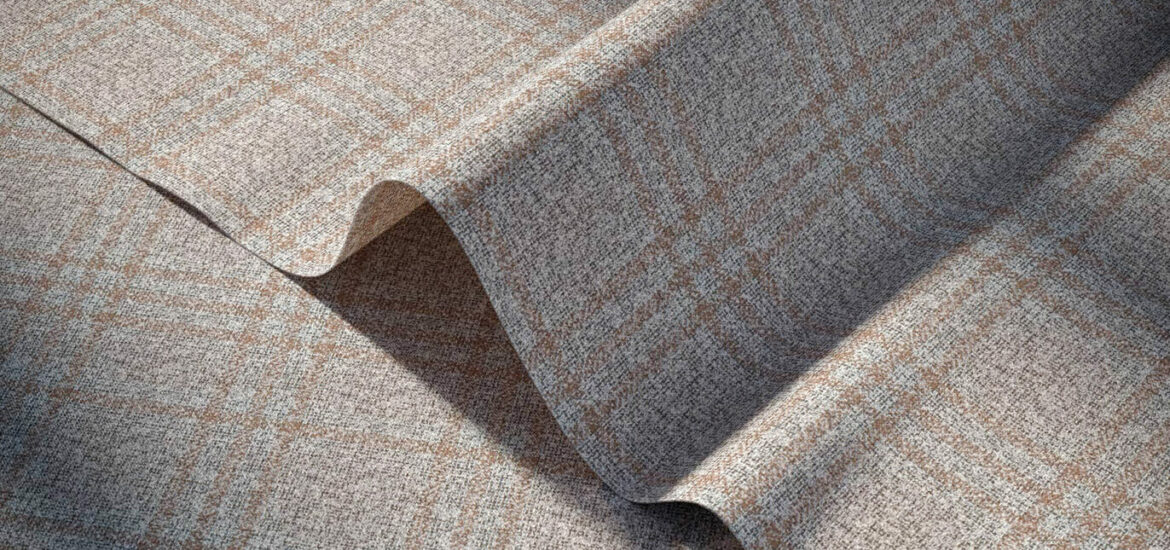Savile Row is a name that immediately evokes an unmistakable imagination to every true admirer of elegance: in this place, the English tailoring has built its fame, thanks to fabrics with character and distinctive properties that have become, over the decades, synonymous with Anglo-Saxon style as well as a point of reference for every true gentleman.
It is no coincidence that, within the precious variety of proposals in the Lanieri Fall Winter 2022 Collection, there is a selection of fabrics inspired by this evergreen style.
But let’s start from the beginning.
The history of English tailoring starts in London in the Mayfair district, in a real iconic place: Savile Row.
Savile Row was in fact the location of places, real and imaginary, with a unique historical and cultural significance such as, for example, the institution at number 1, of the headquarters of the Royal Geographical Society from which some of the most famous British expeditions left in the XVII century.
Number 3 was the historical location of the offices of the Apple Corps: it is here that the Beatles held their last, epic, concert, recently revived in the restored version in Peter Jackson’s documentary “Get Back”.
Finally, in the same street, Jules Verne places the house of Phileas Fogg, the unforgettable protagonist of his classic “Around the world in 80 days”.
In the same years in which the story of the novel unfolds, a sartorial vocation of excellence developed in Savile Row: in this period the first tailors were opened, some of which are still active and considered essential points of reference in the sector, such as Henry Poole, the inventor of the dinner jacket, and Huntsman & Sons.
The English style is characterized by structured garments characterized by a certain weight and the almost total use of linings, as well as a preference for fabrics with a distinctive style and finishing. These are mainly fabrics with the typical English hand, dense and solid, characterized by a wide variety of colors and shades such as Harris tweeds, Shetland wool fabrics or donegal, also known as knickerbocker. Among the most distinctive patterns, however, we find the Prince of Wales and the overchecks.
In the fall-winter 22 collection, Lanieri wanted to pay homage to this decisive and recognizable style and propose a selection of Made in Italy fabrics that recall the English taste and hand: an elegant proposal able to satisfy even the lovers of the most classic and “rough” hand typical of English tailoring.
Let’s find out more together:
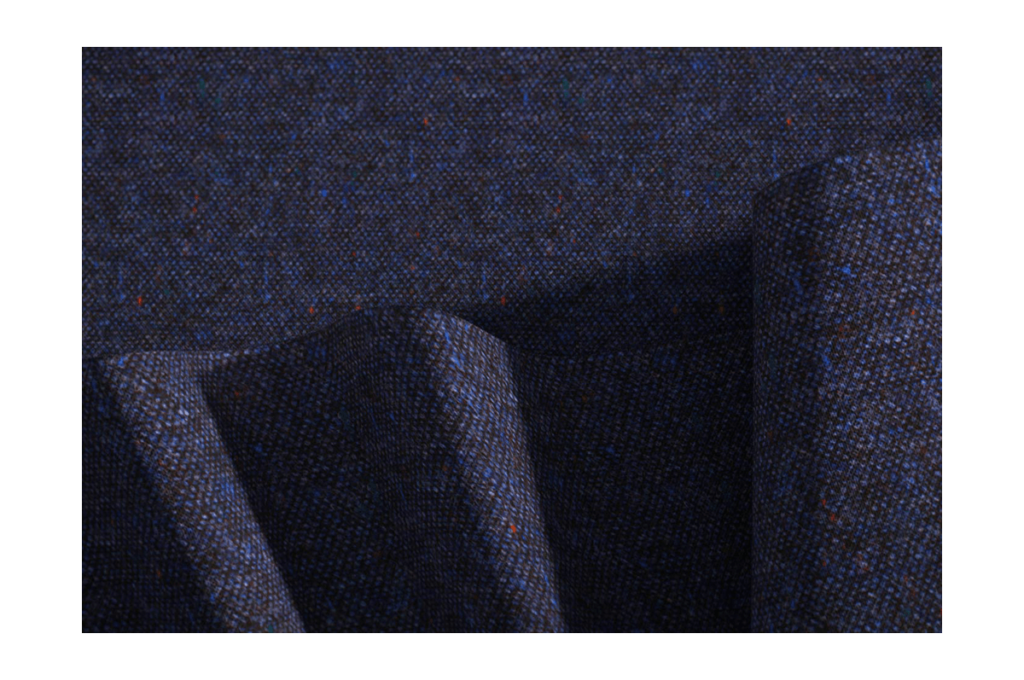
The first fabric we offer you is a classic: the wool knickerbocker fabric. The name of the fabric comes from Dietrich Knickerbocker, pseudonym of the writer Washington Irving who published the book “History of New York” in 1889. In this work there were images of Dutch immigrants wearing the typical zuava trousers, made with thick and buttoned fabrics. From that moment the buttoned wool fabric took the name of Knickerbocker; if the buttoned effect is made with colors different from the background, the Knickerbocker fabric can take the name of Donegal.
In the Lanificio Bottoli proposal, it is composed of 100% Shetland wool which further enriches the color effect and is characterized by a buttoned and melange design and a firm and dry hand.
Perfect for leisure time and for those looking for a classic but colorful British look, with excellent insulating power and good strength, it will be an excellent companion for free-time adventures in autumn and winter.

The second proposal is a dark blue wool-cotton seersucker fabric from the Subalpino wool mill. The word seersucker was elaborated by the English on the basis of Hindi and Persi terms that mean “milk and sugar” to represent the alternation of smooth and curled just like the surface of the fabric in question.
It is a predominantly summer fabric, as the wavy structure allows excellent thermoregulation. In the stretch Wool and Cotton variant of the Subalpine Wool Mill, it is particularly breathable thanks to the seersuker weave that recreates small curls, gives movement and lightness, while the flannel finish gives the garment softness and comfort and makes it perfect also for autumn-winter in free time.
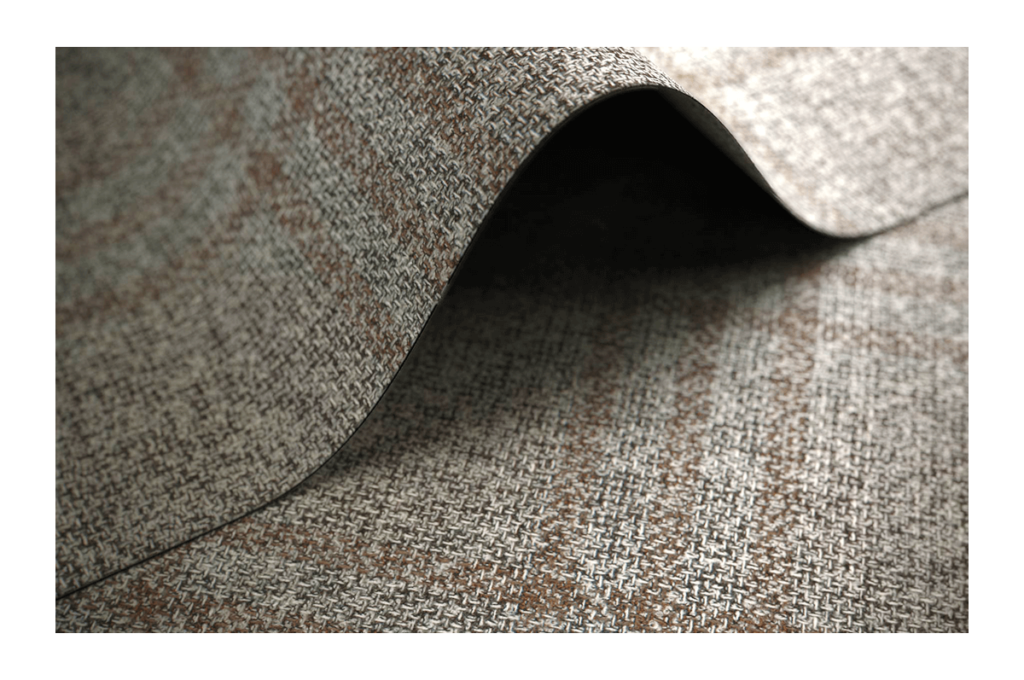
The Overcheck pattern represents another great British classic, in this case interpreted with a contrasting brown tone on a light background.
Combined with the buttoned mouliné effect, it creates a decisive and at the same time refined look, perfect to wear in your free time in the cold seasons.
The fabric is made in Italy with a wool-cashmere hopsack canvas weave by Lanificio Drago and is ideal for jackets characterized by excellent resistance as well as body and warmth.
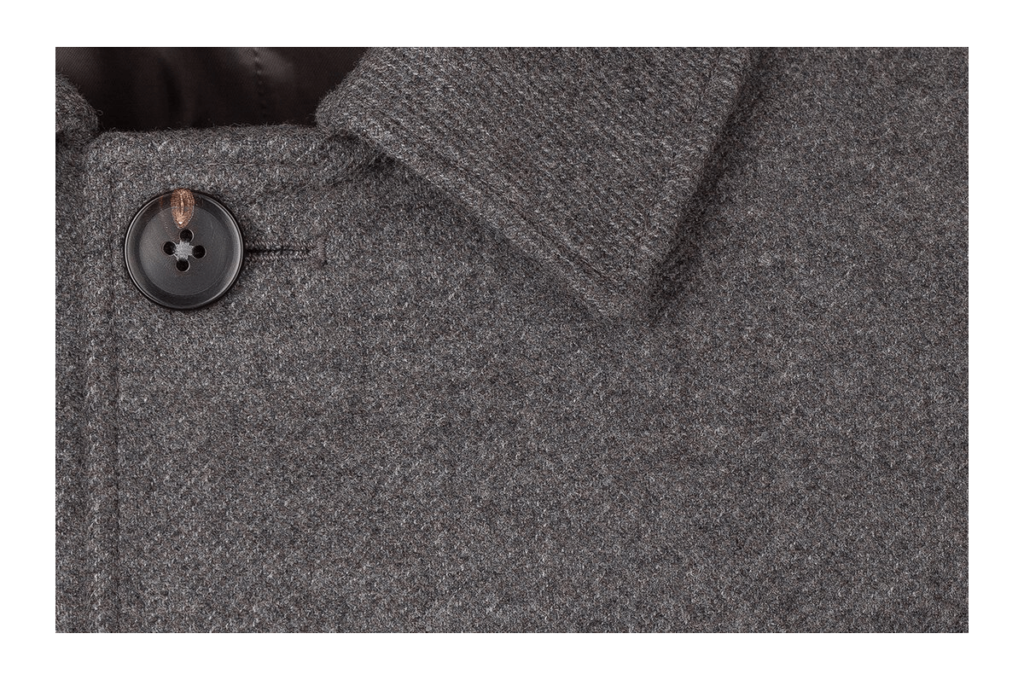
Another great classic of the English style is the coat fabric. In this case we selected a light gray wool twill fabric by Vitale Barberis Canonico. In 100% Wool, the melange and the shades of gray make it a classic of the male wardrobe and easy to wear both in leisure time and on formal occasions. Ideal for the business man as well as for the English gentleman, it is ideal for the creation of a timeless garment like the coat.
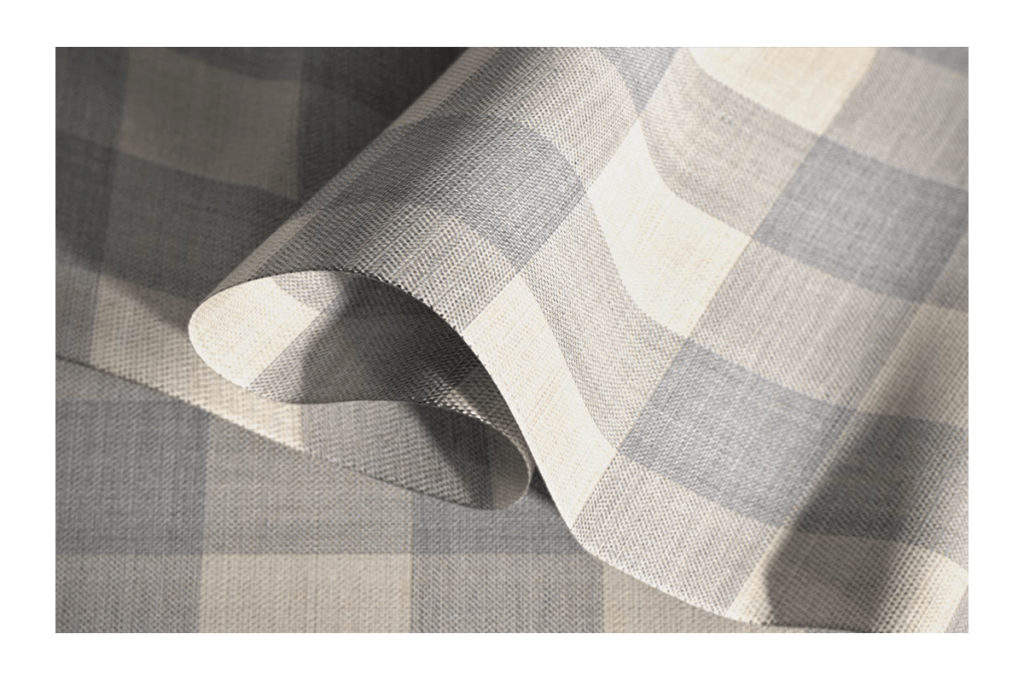
To conclude with a fabric with an English hand, but used in a new way, Lanieri proposes the beige cotton flannel twill fabric from the Albini cotton mill. Made of 100% Cotton, it is soft, versatile and warm and thanks to the light flannel that makes it perfect for autumn-winter it has been designed for winter shirts with a British allure. The large gray checked pattern on a beige background gives a casual and informal look suitable for free time, combining it with a solid color jacket or alone to emphasize the fantasy.

